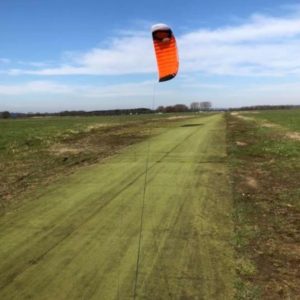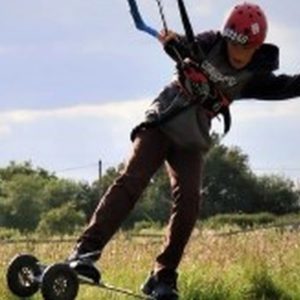No products in the cart.
Kite Training
Showing all 3 results
Filters Sort results
Reset Apply
2 Day Kite Lesson with Airways Airsports at Darley Moor Airfield Last Updated: 19-12-2023 | Company / Seller: Location: East Midlands ⋅ Derbyshire ⋅ Derby ⋅ England ⋅ Stoke-on-Trent ⋅ Europe ⋅ UK | |
Kite Taster Sessions with Airways Airsports at Darley Moor Airfield Last Updated: 19-12-2023 | Company / Seller: Location: East Midlands ⋅ Derbyshire ⋅ Derby ⋅ England ⋅ Stoke-on-Trent ⋅ Europe ⋅ UK | |
Kite Taster Sessions with Airways Airsports at Darley Moor Airfield Last Updated: 19-12-2023 | Company / Seller: Location: East Midlands ⋅ Derbyshire ⋅ Derby ⋅ England ⋅ Stoke-on-Trent ⋅ Europe ⋅ UK |
Kite Training on AvPay
AvPay has a range of Kite Training in the US, Europe, Australia, South Africa and throughout the world. Contact Kite Training Companies directly on AvPay to compare prices through the Aviation Directories here: https://avpay.aero/directory/
AvPay is a global aviation marketplace that lets you browse a wide selection of Kite Training Courses. View all of our Kite Training Courses and discover other related Aviation Products & Services here: https://avpay.aero/marketplace/
Can’t find the Kite Training Course you’re looking for? Check-out the Aviation Directories to find an Aviation Company that offers the service you’re looking for: https://avpay.aero/directory/
AvPay: Connecting Kite Enthusiasts with Kite Trainers Worldwide!
A kite flies by utilizing the force of the wind acting on its specially designed shape. When wind encounters the kite, it creates lift and drag forces that allow the kite to stay airborne. The shape and aerodynamic properties of the kite, along with the control inputs from the kite flyer, determine its flight characteristics. In the context of kite surfing, kite surfers use power kites, which are larger and more specialized kites designed to generate significant pulling force. Kite surfers use inflatable leading-edge kites (also known as LEI kites) or foil kites. Inflatable kites have an air-filled leading edge that provides structure and stability, while foil kites use a combination of air cells and bridle lines to maintain their shape. Kite surfers typically launch their kites from the beach or water. They secure the kite to the ground or a fixed point, inflate the leading edge, and let the wind fill the kite. By controlling the lines attached to the kite, they can direct it into the wind to initiate flight. Once the kite is in the air, the kite surfer uses a control bar connected to the kite lines to manipulate the kite’s flight. By pulling or releasing the control bar and utilizing the bar’s controls, the kite surfer can adjust the angle of attack, control the kite’s power, and steer the kite in different directions. Kite surfers position their kites in the power zone, which is the area of the kite’s flight window where it generates the most pull. By actively manoeuvring the kite within the power zone, kite surfers can control the amount of power generated and use it to propel themselves across the water. Kite surfers wear a harness that is connected to the kite’s control bar via the kite lines. The pulling force generated by the kite is transferred through the harness, allowing the kite surfer to use their body weight and harness the power of the kite to control their speed and perform manoeuvres on the water. With the kite providing propulsion, kite surfers ride a board (similar to a wakeboard or surfboard) on the water’s surface. By combining the kite’s pull with board control, they can navigate, accelerate, change directions, and perform jumps and tricks. Kite surfing involves inherent risks, and safety is of paramount importance. Kite surfers use safety systems such as quick-release mechanisms and safety leashes to detach themselves from the kite in emergency situations, ensuring they can quickly and safely disconnect from the kite’s power if needed. It’s worth noting that kite surfing requires proper training, experience, and an understanding of wind conditions, safety procedures, and local regulations. Learning from certified instructors and following safety guidelines is crucial to ensure a safe and enjoyable kite surfing experience.



